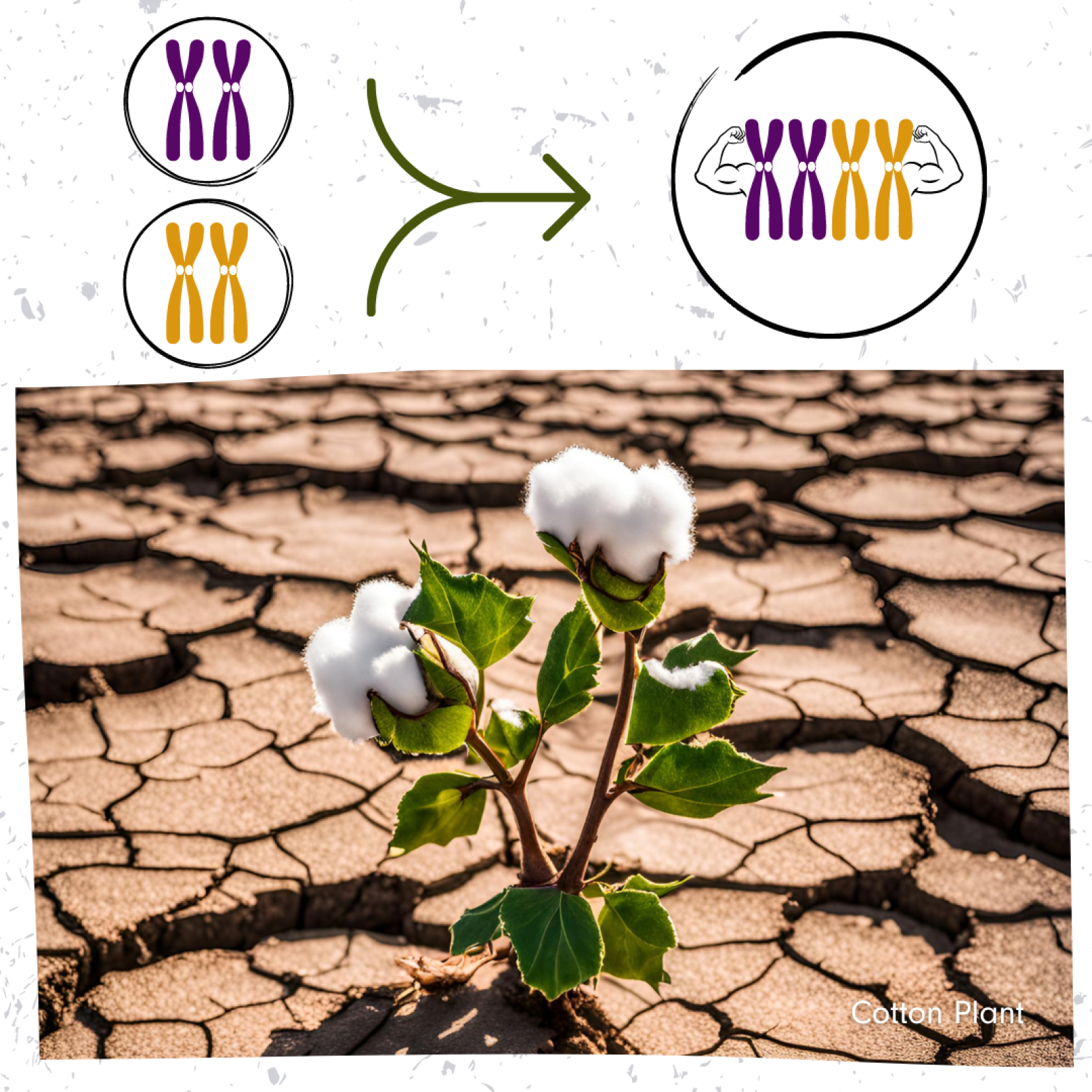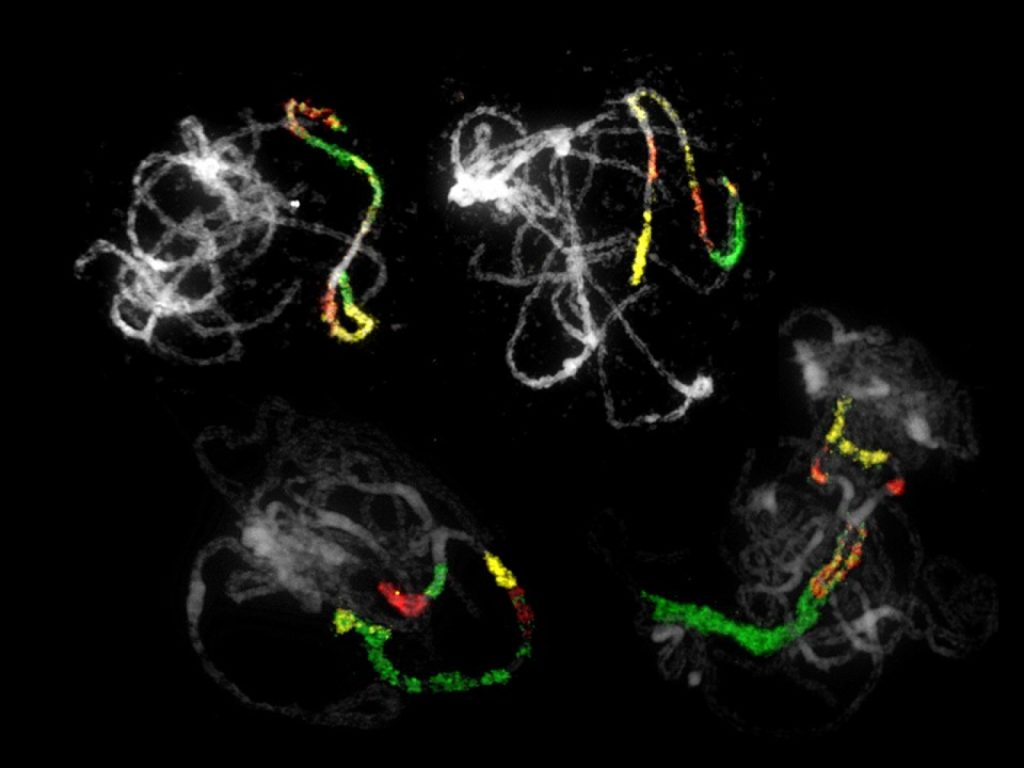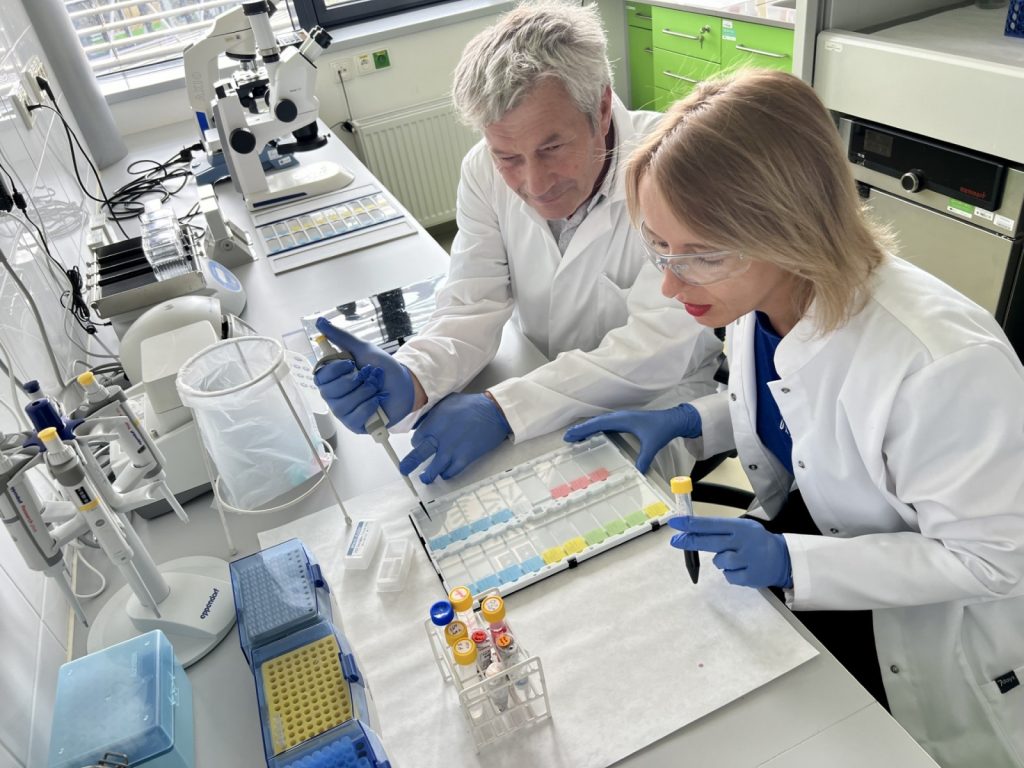The Czech Science Foundation (GACR) will fund 15 EXPRO projects and 19 JUNIOR STAR projects starting next year. The aim of these tenders is to provide exceptional conditions for excellent scientists who have been carefully selected by experts from other countries. JUNIOR STAR grants will help early-career scientists establish their own research teams, while EXPRO will enable experienced scientists to undertake riskier projects with the potential to achieve groundbreaking discoveries.
“The EXPRO and JUNIOR STAR tenders are flagship initiatives of the Czech Science Foundation. Succeeding in them is greatly difficult, but if a scientist manages to do so, they obtain a unique opportunity to implement their ideas and, in the case of early-career scientists, to achieve scientific independence. They will have five years to complete the project, and in the case of JUNIOR STAR, up to CZK 25 million, while for EXPRO the amount is double,” says GACR President, Professor Petr Baldrian.
EXPRO
The aim of EXPRO grants is to create conditions for the development of excellent research, set standards for excellent science, and help overcome barriers that reduce the success of project proposals in the highly prestigious ERC grant scheme. One of the obligations for project leaders is to apply for an ERC grant. The costs for EXPRO projects, which are primarily aimed at experienced scientists, can reach up to CZK 50 million for five years. The EXPRO grant will now only be announced in even years.
| Registration No. | Applicant | Title | Organization | Number of years | Discipline Committee |
|---|---|---|---|---|---|
| 25-16408X | RNDr. Jan Burjánek, Ph.D. | Comprehensive geophysical analysis of the ongoing volcanic eruption at the Reykjanes peninsula | Geofyzikální ústav AV ČR, v.v.i. | 5 | EX1 |
| 25-18095X | prof. RNDr. Ondřej Santolík, Dr. | Unusual propagation modes of electromagnetic waves in the Solar system | Ústav fyziky atmosféry AV ČR, v. v. i. | 5 | EX1 |
| 25-18184X | Dr. techn. Eric Glowacki, MSc. | Orthogonal electrical neuromodulation (ORTHOMOD) | Vysoké učení technické v Brně, Středoevropský technologický institut | 5 | EX2 |
| 25-16818X | prof. Ing. Jiří Čejka, DrSc. | Beyond conventional zeolite catalysis | Univerzita Karlova, Přírodovědecká fakulta | 5 | EX3 |
| 25-17866X | doc. Ing. Pavel Jelínek, Ph.D. | Single adatom on-surface synthesis of 2D organic/inorganic van der Walls heterostructures. | Fyzikální ústav AV ČR, v.v.i. | 5 | EX3 |
| 25-15254X | David Sabatini, M.D., Ph.D. | Understand the physiological roles of nutrient-sensing by the mTORC1 pathway in vivo | Ústav organické chemie a biochemie AV ČR, v.v.i. | 5 | EX4 |
| 25-15368X | prof. MUDr. Mgr. Marek Mráz, Ph.D. | NON-CODING RNAS IN MICROENVIRONMENTAL INTERACTIONS OF B CELL CHRONIC LYMPHOCYTIC LEUKEMIA | Masarykova univerzita, Středoevropský technologický institut | 5 | EX4 |
| 25-15442X | doc. Ing. Václav Veverka, Ph.D. | Disentangling transient interactions in transcription elongation | Ústav organické chemie a biochemie AV ČR, v.v.i. | 5 | EX5 |
| 25-17329X | Ing. RNDr. Martin Marek, Ph.D. | Resolving the puzzle of resonance energy transfer in bioluminescence | Masarykova univerzita, Přírodovědecká fakulta | 5 | EX5 |
| 25-18104X | prof. Ing. Peter Šebo, CSc. | Interaction of the pertussis agent with ciliated epithelia of nasal mucosa | Mikrobiologický ústav AV ČR, v.v.i. | 5 | EX5 |
| 25-15237X | Petr Janský, Ph.D. | Global minimum taxation and investment of multinationals (MINITAX) | Univerzita Karlova, Fakulta sociálních věd | 5 | EX6 |
| 25-15630X | prof. Matthew Rampley, B.A., Ph.D. | Czechs and the Colonial World: Design and Visual Culture since 1848 | Masarykova univerzita, Filozofická fakulta | 5 | EX7 |
| 25-15764X | doc. Mgr. David Kalhous, Ph.D. | Frontiers and Empires. The Case of Moymirid Moravia | Masarykova univerzita, Filozofická fakulta | 5 | EX7 |
| 25-15484X | prof. RNDr. Martin Pumera, Ph.D. | Smart micro- and nanorobots for water purification | Vysoké učení technické v Brně, Středoevropský technologický institut | 5 | EX8 |
| 25-17929X | Mgr. Josef Urban, Ph.D. | NextReason: Next Generation Computer Assisted Reasoning | České vysoké učení technické v Praze, Český institut informatiky, robotiky a kybernetiky | 5 | EX8 |
In this year’s tender, out of the fifteen projects funded, six will be carried out at the institutes of the Czech Academy of Sciences, four at the Masaryk University, two each at the Charles University and the Brno University of Technology, and one at the Czech Technical University in Prague. In total, three of the above projects will be carried out at the Central European Institute of Technology.
JUNIOR STAR
JUNIOR STAR grants are designed for excellent early-career scientists within 8 years of obtaining their Ph.D. who have already published in prestigious international journals and have significant international experience. The five-year project that has a budget of up to CZK 25 million will give them the opportunity to achieve scientific independence and potentially establish their own research teams, which can bring new research topics to Czech science.
| Reg. No. | Applicant | Title | Organization | Number of years | Discipline Committee |
|---|---|---|---|---|---|
| 25-16662M | Martin Jirka | Light Utilization for Matter Emergence | České vysoké učení technické v Praze, Fakulta jaderná a fyzikálně inženýrská | 5 | EX1 |
| 25-17250M | Assoc. Prof. Dominik Šafránek, Ph.D. | Adaptive quantum tomography based on quantum Bayes’ theorem | Univerzita Karlova, Matematicko-fyzikální fakulta | 5 | EX1 |
| 25-18306M | Dr. Daniel Wesley Fussner | Interpolation, Amalgamation, and Computation | Ústav informatiky AV ČR, v.v.i. | 5 | EX1 |
| 25-15534M | Ing. Peter Švihra, Ph.D. | Quantum Astrometry | České vysoké učení technické v Praze, Fakulta jaderná a fyzikálně inženýrská | 5 | EX2 |
| 25-18336M | Ing. Filip Ligmajer, Ph.D. | Phase-change materials for photonic neural networks and neuromorphic computing | Vysoké učení technické v Brně, Fakulta strojního inženýrství | 5 | EX2 |
| 25-17760M | Daniel Bím | Tailoring Nickel Catalysts for Improved Stability and Catalytic Efficiency under Photochemical and Electrochemical Reaction Conditions | Vysoká škola chemicko-technologická v Praze, Fakulta chemicko-inženýrská | 5 | EX3 |
| 25-18196M | Przemyslaw Rzepka | Unraveling Mechanisms of Coke Deposition within Zeolite Micropores through Advanced Neutron Powder Diffraction Analysis | Ústav fyzikální chemie J. Heyrovského AV ČR, v.v.i. | 5 | EX3 |
| 25-16606M | Matouš Vobořil | Inflammation Related Transitional Dendritic Cells as Key Players in T Cell Tolerance | Univerzita Karlova, Přírodovědecká fakulta | 5 | EX4 |
| 25-18233M | Mgr. David Bednář, Ph.D. | Engineering next-generation thrombolytics for the treatment of stroke | Masarykova univerzita, Přírodovědecká fakulta | 5 | EX4 |
| 25-18359M | Ing. Milan Němý | Quantitative Structural and Functional Imaging of the Human Cholinergic System with Applications in Cognitive Science and Neurodegenerative Disorders | České vysoké učení technické v Praze, Český institut informatiky, robotiky a kybernetiky | 5 | EX4 |
| 25-15736M | RNDr. Martin Volf, Ph.D. | Potent, rich, or different: Investigating eco-evolutionary drivers of the astonishing diversity of plant apecialized metabolites at the global scale | Biologické centrum AV ČR, v.v.i. | 5 | EX5 |
| 25-17643M | RNDr. Jiri Zahradnik, Ph.D. | Unveiling Divergence and Convergence Points in Coronavirus Evolution for Host Receptor Recognition | Univerzita Karlova, 1. lékařská fakulta | 5 | EX5 |
| 25-16030M | Mgr Oksana Stupak, Phd, DrS | On the road to inclusion of Ukrainian refugees in the environment of Czech Lower-Secondary schools | Masarykova univerzita, Pedagogická fakulta | 5 | EX6 |
| 25-16848M | JUDr. Jakub Drápal, M.Phil., Ph.D. | Just Sentences: Analyzing and Enhancing Proportionality and Consistency Using Typical Crimes | Univerzita Karlova, Právnická fakulta | 5 | EX6 |
| 25-16410M | Mgr. Patrik Paštrnák, M.A., D.Phil. | Reconfiguring Bohemian Queenship: Power, Resources, and Effects in ca. 1300-1500 | Univerzita Palackého v Olomouci, Filozofická fakulta | 5 | EX7 |
| 25-16749M | RNDr. Jan Čapek, Ph.D. | Microstructure control to optimise the properties of 3D printed steels | Univerzita Karlova, Matematicko-fyzikální fakulta | 5 | EX8 |
| 25-17459M | doc. Mgr. Ing. Karel Sedlář, Ph.D. | Computational and Experimental Characterization of Enzymes for Sustainable Design of Bioplastics | Vysoké učení technické v Brně, Fakulta elektrotechniky a komunikačních technologií | 5 | EX8 |
| 25-17779M | Ing. Tomáš Báča, Ph.D. | TOMSNAV: Topological Multi-modal and Semantic Navigation for Aerial Vehicles | České vysoké učení technické v Praze, Fakulta elektrotechnická | 5 | EX8 |
| 25-17788M | Ing. Karel Tesař, Ph.D. | Dynamic testing and in vitro-in vivo correlation of magnesium implants: multidisciplinary challenges | České vysoké učení technické v Praze, Fakulta jaderná a fyzikálně inženýrská | 5 | EX8 |
Starting next year, a total of nineteen JUNIOR STAR projects will be newly funded, with the most being carried out at the Charles University (6 projects), the Czech Technical University in Prague (5 projects), and the institutes of the Czech Academy of Sciences (3 projects), with two projects each at the Masaryk University and the Brno University of Technology. One project will be undertaken by scientists from the University of Chemistry and Technology in Prague.
The evaluation process for the tenders involves only scientists from other countries. It takes place in two phases – each project funded is first assessed by six experts in the relevant field and then thoroughly discussed at a meeting of the discipline committee. The evaluation of project proposals for EXPRO and JUNIOR STAR will be made available to applicants in the GRIS application in the coming days.







